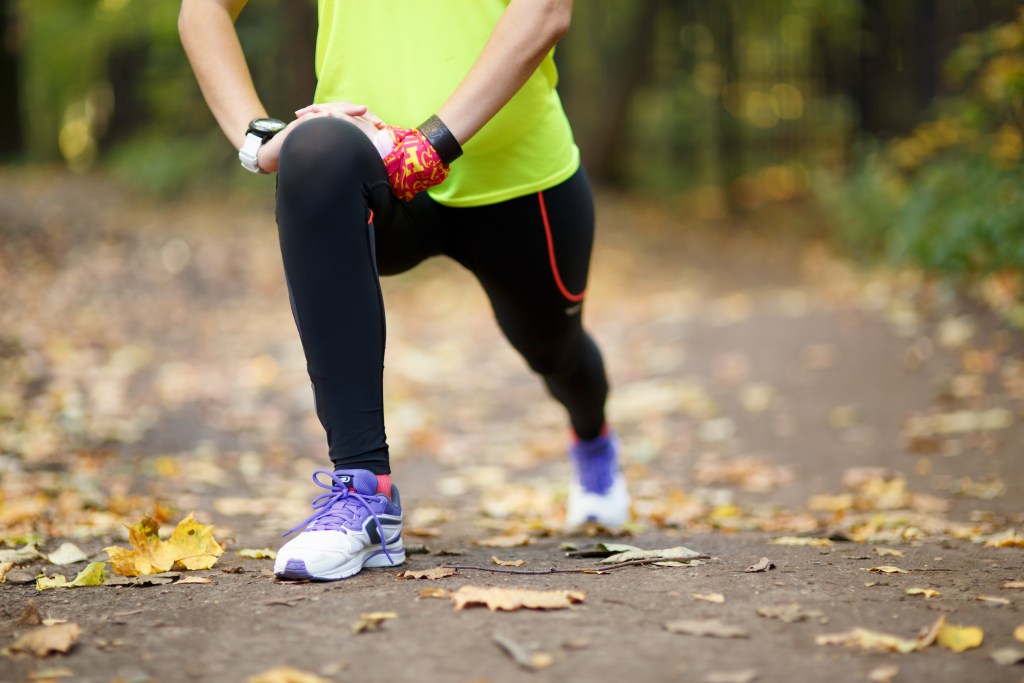
Taking care of your body after a workout is an important but often overlooked aspect of your exercise routine. We are tempted to just stop running, put the basketball away, hop off the bike—without cooling down or easing out of a workout. By following a post-workout checklist, you can reduce the number of injuries, reduce muscle soreness and increase your performance during your next activity.
I’ve outlined a list of items you should have on your post-workout checklist. Not all of them are mandatory, but they should be on your radar each and every time you are done exercising.
Cool Down
Cooling down after a workout drops your heart rate slowly, which can keep post-workout dizziness away.
There is nothing complicated about the cooldown—it should be a relaxing end to a workout.
It’s not long: 3 to 5 minutes of activity that drops your heart rate slowly back to normal.
Stretch
Stretching is one of the most important parts of the post-workout routine and should not be ignored. I can’t stress this enough. And, the older you get, the more important it is to reduce injury and muscle soreness.
Stretching goes hand in hand with a cool down. It should immediately follow (or be included in) the cooldown.
While your muscles are warm and limber, stretch the soreness and lactic acid from them. You should also focus the majority of your stretches on your problem areas.
Foam Roll
Foam rolling is a good habit to get into, and I will admit that I don’t do it as often as I should.
Rolling out your muscles after a workout increases blood flow to those muscles. It also releases tightness and tension.
This form of self-massage works really well to reduce muscle soreness and inflammation. And you don’t have to save it for post workout. You can do it anytime your muscles need it.
Hydrate
If you sweat during your workouts (and who doesn’t?), you are going to need to replace that fluid after your workout.
You can get really scientific about things and weigh yourself before your exercise routine, and then again directly afterward to see how much fluid you’ve actually lost. You would need to drink about 24 ounces of water per pound lost.
Or, you could just drink a little extra and continue to hydrate throughout the day—if you aren’t into the scale method.
By rehydrating after a workout, you can reduce muscles soreness, ensure you don’t upset your stomach during the refueling process, and reduce post-workout fatigue.
I would put rehydrating in the mandatory column of your post-workout checklist.
Wash
Wash your face post workout to reduce acne breakouts.
Not only are you more prone to acne when you allow sweat to remain on your face, but if you have salt built up on your skin, it can damage and age you prematurely.
Hop in a quick shower post workout, or at the least wash your face with a gentle cleanser and warm water. Don’t have access to either? Try the relay runner’s trick and use a baby wipe!
Fuel
This one is also important. You will want to replenish your glycogen stores that were used up during your workout.
Refueling should be accomplished by consuming a combo of carbs and protein about 15 to 20 minutes after a workout. I should add that pepperoni pizza or a cheeseburger isn’t what I’m talking about. The healthier the food you consume during this time, the better it is for your muscles.
Some great options are:
· Chocolate milk
· Egg or tuna sandwich on whole grain bread
· Cottage cheese with fruit
· Fish and sweet potato
· Smoothie with Greek yogurt and greens
· Grilled chicken and veggies
R.I.C.E
If you have an especially tough workout, or you are feeling an injury coming on you should use the RICE method post workout.
R.I.C.E stands for Rest, Ice, Compression, and Elevation.
After you have done your cooldown and stretching, take it easy until you aren’t experiencing pain.
Ice the problem area with 20-minute cycles of ice and no ice.
To use compression you can wrap the area with an ace bandage, or a compression sock/sleeve. Runners often will put on their compression calf sleeves after a long run to help improve circulation and reduce inflammation in their calves.
Elevation should be used during your icing cycles. Prop the area up on a pillow to keep it above the heart. This will reduce inflammation.
Soak
Epsom salt soaks are not only a great way to reduce soreness, inflammation, and pain, but they are good for your overall well being. Soaking in a hot tub with Epsom salts and delicious scents will help you relax and ease out of a tiring exercise routine.
Unplug, soak out the toxins, and enjoy your health and strong body.
Whether you have a post workout checklist or not, I encourage you to focus on easing your body out of high-intensity mode and back into normal life mode with some of these tips.
I hope your workouts are amazing and your injuries are few.




